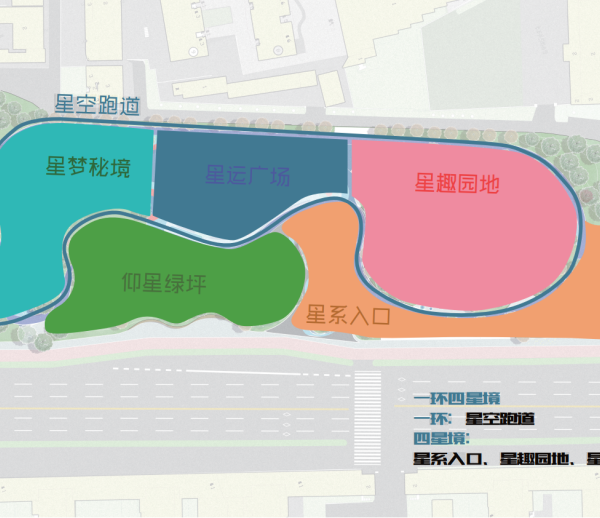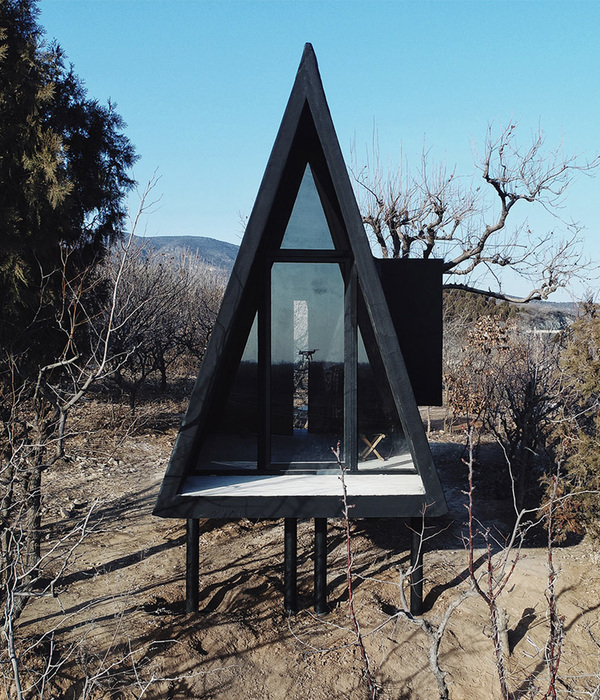Architect:KAAF I Kitriniaris Associates Architecture Firm
Location:Nikaia, Greece; | ;View Map
Category:Masterplans;Parks/Gardens
The former cemetery of Nikaia is a residual space on the border between the city and Mount Aigaleo. We consider this degraded and currently unproductive area to be a byproduct of urban development, which is to say a natural component of an evolving city. Simultaneously, we interpret the space as a significant carrier of memory and an integral element of the city. The different manifestations given to this specific space over the years, up until its current usage, make it a point of reference. With the above points in mind, we recommend creating a park comprising four thematic units, as part of a wider effort to interconnect the landscape infrastructure with new, ecologically evolving platforms for activity development. Therefore the project could equally be implemented in 4 stages: The first stage would be to form the “sacred threshold”. The second stage would be to construct the space for the memorial square. The third stage could be used to shape and enhance the natural unit. In the fourth stage, create the routes, the green space, the lake and the restaurant.
Planting vegetation is used as a structural compositional tool that provides a structurally valid counterpart to the proposed constructions. In parallel, the selection of vegetation draws on references to the local flora and is based on the different spatial qualities, aiming to provide aesthetic, environmental, and functional coherence within the space. Based on the soil and microbiological analysis of the former cemetery, a strong presence of heavy metals and microorganisms was found, entirely attributable to the use of the specific area. It is clear that the long-term use of the space has influenced the qualitative composition of the land, given the input of inorganic and microbial loads.
The artificial lake will need to be constructed by using a geomembrane to contain its water so that it does not infiltrate the water table. The lake will create an ideal space for the development of fauna which may contaminate the surface water of the lake. The rhizobacterial method may be used to clean and reuse this water, as it will be free from chemical elements such as phosphates, ammonia, nitrates and organic microorganisms. In addition, it is proposed the placement of tall photovoltaic metal sculptural elements in the lake, to collect solar radiation in specially formed spaces where the accumulators will be placed. This will achieve the coverage of the lighting needs of the three enclosed spaces of the park (restaurant, green point, and environmental workshop). In addition, part of the accumulated energy will be used to recycle the lake water.
▼项目更多图片
{{item.text_origin}}












